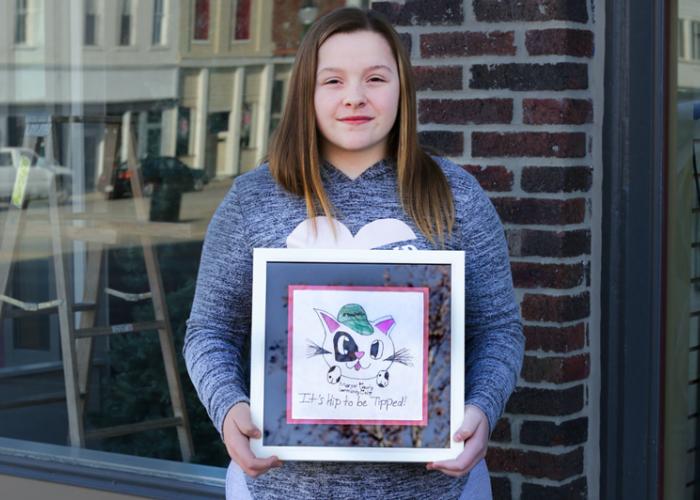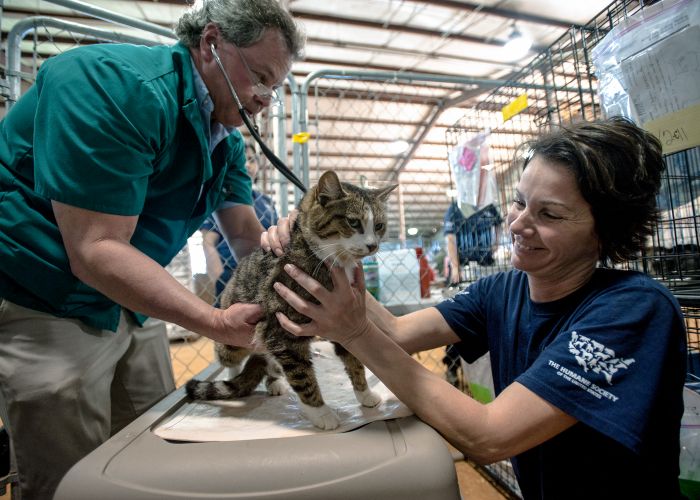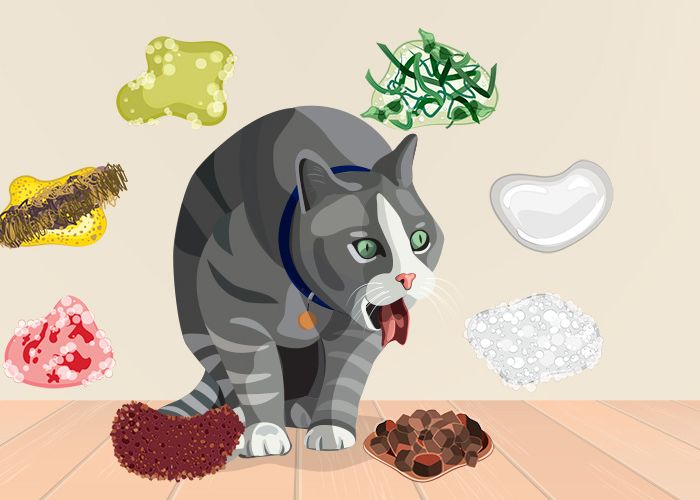The impact of purebred and ‘designer’ dogs on shelters
Many animal shelters report a rise in purebred and designer dog intakes
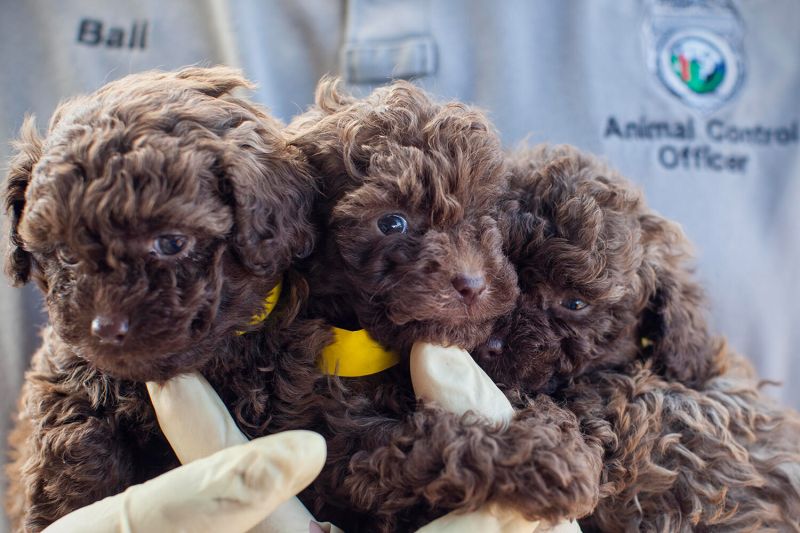
Doodle dogs are everywhere. They’re in dog parks, on Instagram feeds and, according to some reports, increasingly in animal shelters.
What’s being called the “doodle craze” is a recent phenomenon, with the first known doodle dog dating back to the late 1980s.
Wally Conron worked as a breeding manager at the Royal Guide Dogs Association of Australia when he received a request from a blind woman who wanted a guide dog who wouldn’t trigger her husband’s allergies. Conron bred a Labrador with a poodle, a breed known to shed less. One of the puppies went to the woman, but the organization was left with two other puppies, and nobody wanted them.
Conron asked his public relations colleague to spread word that the association had puppies of this new “special breed” called labradoodles. The company was soon inundated with calls.
“It was a gimmick,” Conron said in an interview with the Sum of All Parts podcast in 2019. When the puppies were simply marketed as a crossbreed, no one wanted them. “But everybody wanted a labradoodle. Same dog, different name.”
From there, the idea of crossing poodles with another breed took off. Today, you can find standard poodles mixed with Australian shepherds, golden retrievers, huskies, Bernese mountain dogs and many other breeds.
For Conron’s part, he regrets starting the doodle craze. “I opened a Pandora’s box,” he said.
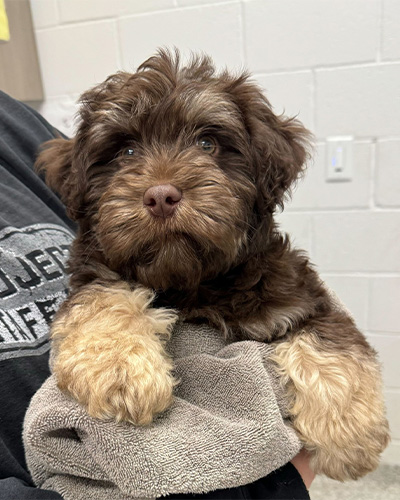
The “It” dogs
Over the past few decades, mixed breed dogs have enjoyed elevated status thanks to public awareness campaigns promoting animal adoption. Today, “mixed” is the most common dog breed in America, according to a 2024 Rover survey.
But at the same time, there’s been a rising demand for so-called designer dogs—the offspring of two intentionally bred purebred dogs. Cockapoos (a cocker spaniel mixed with either a miniature or toy poodle) are believed to be the first designer dog, created in the 1950s. Other “poos” followed, such as the maltipoo and Yorki-poo, along with puggles, morkies and other combinations. Then, of course, were the doodles.
These dogs challenge what it means to be mixed breed. Unlike mutts, their pedigree is not only known but a main selling point. And the puppy mill industry has been quick to cash in, churning out designer dogs who are sold online and in pet stores for thousands of dollars.
Designer and purebred dogs both experience fluctuating trends. Labrador retrievers were ranked as the most popular dog breed on the American Kennel Club’s annual registration list for three decades until the French bulldog overtook the No. 1 spot in 2022 and 2023. The 2024 Rover poll found goldendoodles were the third most popular “breed” in the U.S., and bernedoodles were the second most trending “breed.”
Mike Keiley, vice president of the animal protection division of the MSPCA in Massachusetts, says he can’t remember another time in his 30-year career in animal welfare that a type of dog has risen in popularity as much as doodles. “I’ve heard of every version of doodle.”
When the puppies were simply marketed as a crossbreed, no one wanted them. "But everybody wanted a labradoodle. Same dog, different name.”
A growing shelter population?
The impact of purebred and designer dogs on the sheltering field nationwide is hard to measure, says Lindsay Hamrick, Humane World for Animals director of shelter outreach and engagement. Shelters typically identify breed by assessing physical attributes, a practice that has been shown to be so unreliable that a number of shelters have dropped breed labels altogether.
In a 2018 study, researchers genetically tested dogs at two shelters and found that only 4.9% were purebred. Still, some shelters today are reporting an increase in dogs they believe are purebred or designer breeds.
“Pre-COVID we’d get a few purebred dogs surrendered here and there,” says Guinnevere Shuster, director of marketing and communications at the Humane Society of Utah. Since the onset of the pandemic, “we’re definitely seeing dogs that you would not have expected to see in animal shelters or dogs that…sell for thousands of dollars.”
Doodles are the largest subset of this group, she notes, many of them a combination of poodle and a herding breed.
In Philadelphia, ACCT Philly has also seen an increase in purebred dogs, particularly small breeds like shih tzus and French bulldogs. Purebred and designer dog intakes have “exponentially increased” at Tri-City Animal Shelter and Adoption Center outside the Dallas/Fort Worth metropolis, says assistant animal services manager Laura Welsh.
Nearly 20 French bulldogs have come into her shelter this year alone. Last year, she saw over 10 Belgian Malinois.
Both Keiley and Tori Fugate, former chief communications officer at the KC Pet Project in Kansas City, Missouri, say their shelters are also seeing a rise in purebred and designer dogs. And they’re hearing from other shelters experiencing a similar trend.
Doodle dog intakes “come up in conversation pretty frequently, so I think it’s widespread,” Keiley says.
These shelter experiences mirror a 2023 Shelter Animals Count survey that found that over 60% of 314 polled organizations reported receiving doodles and other intentionally mixed breeds. “We have almost as many purebred or so-called designer hybrids as we do ‘regular’ mixed breeds come into our shelter each month,” said one respondent. “If you look, you can find almost anything in a shelter.”
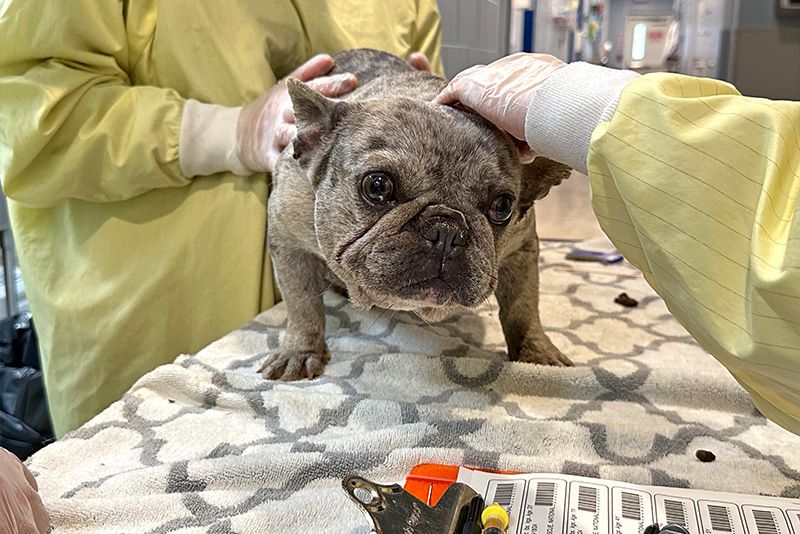
What’s behind the change?
The popularity of purebred and designer dogs isn’t a new phenomenon, so why are some shelters reporting an increase in their intakes? The answer, as it often does, comes down to the economy.
Inflation and housing insecurity have ramped up since the onset of the pandemic. The cost of pet food rose 25% between March 2019 and March 2024, and vet bills jumped 10% between 2021 and 2022—the largest spike on record.
Veterinary bills can be especially pricey for designer and purebred dogs. These animals are often bred for aesthetic appeal at the expense of their health.
Around half of pugs and French bulldogs are believed to suffer from brachycephalic obstructive airway syndrome. Many require expensive surgeries to open their airways. They also commonly suffer from intervertebral disc disease, which can cost up to $10,000 to treat.
Fugate says the KC Pet Project receives a lot of bulldogs and pugs because they develop health conditions their owners can’t afford to treat.
Even seemingly minor health needs can quickly add up in cost. “I think the biggest issue that we’re seeing health-wise is the doodles coming to us that haven’t been groomed and have heavily matted coats,” says Shuster. “That can be really costly to have a big dog groomed here. It’s over $100, so if you have to do that every 6 to 8 weeks, that’s quite an additional cost.”
Almost 60% of animal organizations in the Shelter Animals Count survey said they’ve received surrenders or surrender requests from people who paid a lot of money for their dogs but can no longer afford them. And more than half of the survey respondents said they’re getting “leftover” puppies from breeders who can’t sell them.
“We’ve actually seen an increase in breeders surrendering litters of their puppies, the remnants of what they’re not able to sell,” Shuster says. “In the last year, we’ve seen golden retriever puppies. We’ve seen small-breed doodles, the red goldendoodle puppies. We’ve seen all sorts.”
Cruelty cases can also result in large numbers of purebred and designer breeds entering the sheltering system. In August 2023, the Iowa City Animal Care and Adoption Center took in 131 dogs and puppies—including golden doodles, poodles, Bernese mountain dogs and golden retrievers—from a breeder who was subsequently charged with 41 counts of animal neglect.
Irresponsible breeders, puppy mills and puppy-selling pet stores further fuel the relinquishment of purebred and designer dogs by giving customers false expectations. A lot of marketing around doodle dogs touts the false claim that they are “hypoallergenic.”
Although poodles are known to shed less than other breeds, they still produce saliva and dander that can stimulate allergies. There’s also no guarantee which genes offspring will get from which parent. For example, some doodles have the iconic curly coat from their poodle parent while others inherit a high-shedding coat from a Labrador parent or another breed used in the mix.
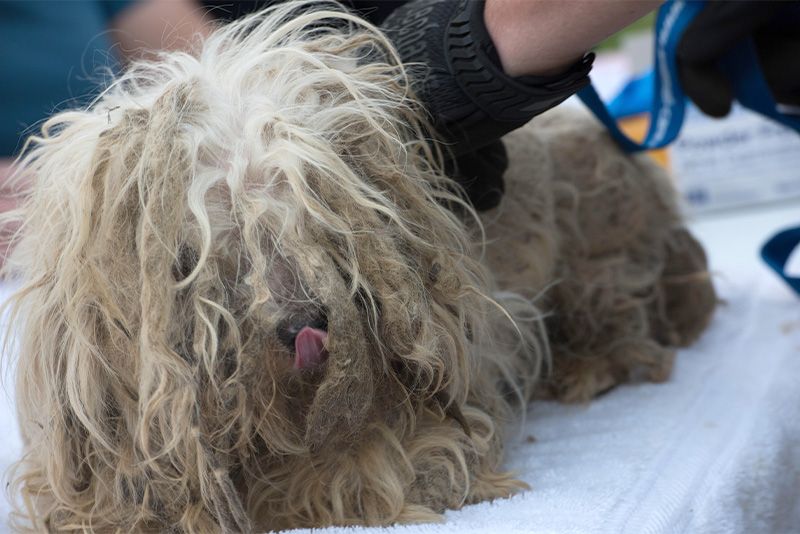
How shelters are responding
Since purebred and designer dogs sell for thousands, it would seem logical that these animals would be flying off the shelter shelves, so to speak. That’s mostly true for the smaller breeds, sheltering professionals say, but not for large and medium-sized dogs—even those of popular breeds.
“I am getting doodles all the time,” said one shelter in the 2023 Shelter Animals Count survey. “They are common enough that I am having more difficulty placing them. I can still place them, but it’s taking longer than expected.”
In its 2024 midyear analysis, Shelter Animals Count reported that dog adoptions decreased by 5% compared to both 2023 and 2019 and that large and medium-sized dogs are staying longer in shelters.
For shelters struggling with capacity, any increase in purebred and designer dog intakes can be an added drain on resources that are already stretched thin. Breed-specific rescues can help alleviate the burden, although Mikayla Allen, communications coordinator with ACCT Philly, says that rescues have been full and unable to take in as many dogs as they once did.
To address the problem, Hamrick says, the animal welfare field needs a variety of long- and short-term strategies. Pet owner support programs, such as pet food pantries, affordable spay/neuter and other veterinary care services, can help keep pets with their families. Through advocacy and public outreach, shelter and rescues can also play a key part in reducing the market for dogs from inhumane puppy mills.
Because many dog surrenders are driven by housing issues, organizations such as the MSPCA and KC Pet Project are advocating for affordable, pet-inclusive housing without restrictions on breed and size in their areas.
For shelters struggling with capacity, any increase in purebred and designer dog intakes can be an added drain on resources that are already stretched thin.
In the past, some shelters have been hesitant to openly advertise highly sought-after breeds for adoption for fear of feeding the misconception that breed determines personality and is a reliable guide for who will make the best fit for an adopter. Now that these animals are arriving in substantial numbers, organizations such as the Humane Society of Utah are rethinking that approach.
“We really see it as an opportunity to bring people in,” Shuster says. “Being able to compete with these online retail puppy stores and use that to your advantage by saying, 'Yes, we do have this [breed] here, come meet them.' Not shying away from putting that on your website or featuring it on your social media channels can really be a good way to increase your foot traffic.”
Keiley shares a similar sentiment. In May, the MSPCA took in 22 purebred and designer breed dogs rescued from a commercial breeder by National Mill Dog Rescue. “We did certainly play up to the popularity of them in the hopes that…they would get adopted quickly and…increase traffic into the adoption center for other adoptions.”
When discussing breeds, it’s important for shelter staff to balance the hype with the realities of owning a purebred or designer dog. For French bulldog and other smushed-faced breed adoptions, this can entail explaining all potential future medical costs to alleviate breathing issues; for doodles, conversations around grooming needs can be helpful.
The rise in expensive, “bougie” dogs entering shelters and getting lots of attention while large and medium-sized dogs of indeterminate breed struggle to find homes can cause shelter staff to feel a bit sour. Keiley says it’s something he talks a lot about with his team. He encourages his staff to focus on finding the right match for every adopter.
“Not everybody wants the same dog and not everybody is OK having a bully breed or large breed dog,” Keiley says. “I think we have more of an understanding or a forgiveness that it’s OK that somebody wants a specific animal and if…they’re coming in to consider adoption, that’s the most important part.”
And with some creative marketing, shelters can remind potential adopters that when it comes to choosing a companion, every dog is an individual, regardless of their breed ancestry.
“We heard recently that someone said you can’t find purebred dogs in the shelter. That’s just straight-up not true,” a recent Instagram video from the Humane Society of Utah begins.
The video showcases a tiny, energetic puppy labeled the “silky soft shimmy puppy” breed and an elderly dog labeled the “super smiley spotted good boy” breed.


